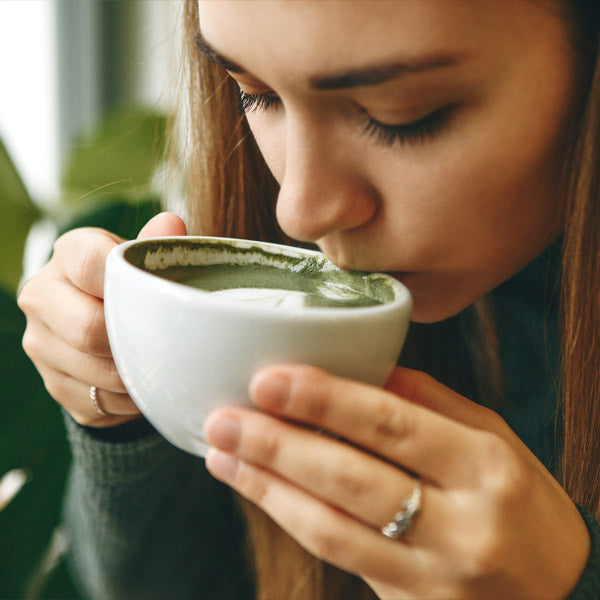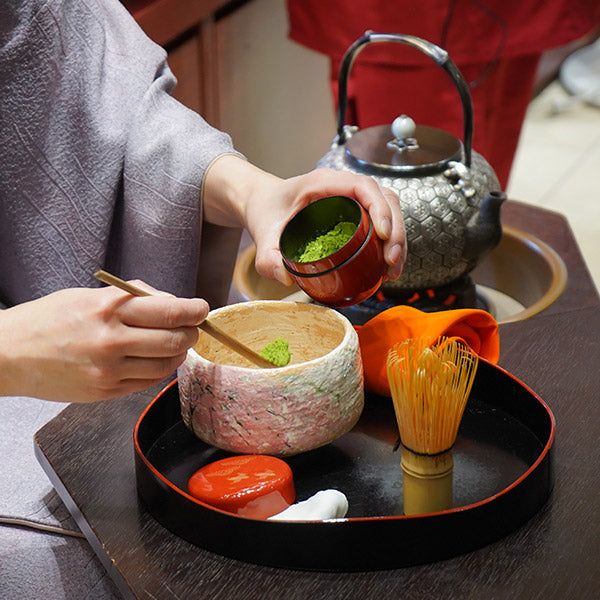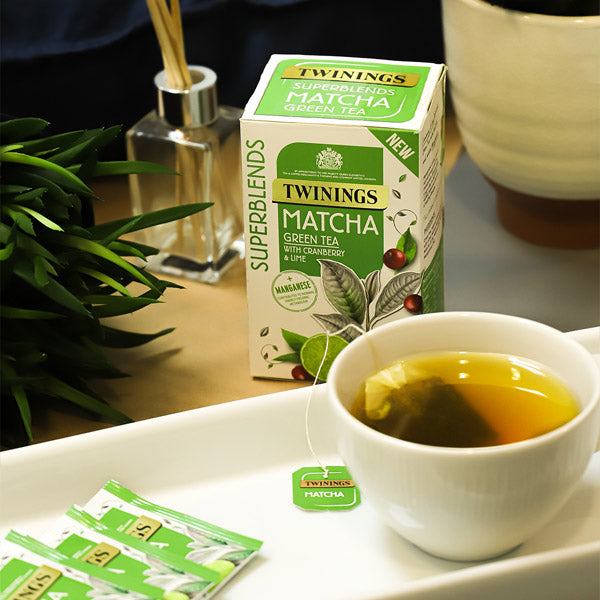WHAT IS IT?
This month our fabulous master blender Mark talks us through the wonder of Tie Guan Yin.
Tie Guan Yin is an oolong tea, this sits between the category of green and black tea. This brings you a beautiful light and refreshing taste, perfect for summer days and long hot evenings.


WHERE IS IT FROM?
Tie Guan Yin is most commonly found in the Anxi County which is situated in China.
This particular place in China is lush with mountainous terrain, fortunate with plenty of moister and surrounded by fruitful soil to produce this fabulous tea.
Oolong is traditionally a Chinese tea but it can now be found in other tea growing areas such as, Taiwan.
HOW IS TIE GUAN YIN MADE?
Oolong tea is only harvested in spring and autumn which is locally known as 'Jade'.
As mentioned before this tea is oxidised to about 40%, it is stopped here to give a unique, fresh and light flavour.
The process of making Oolong is just fascinating, Tie Guan Yin looks like it's rolled up into tiny little balls and that is exactly what has happened.
Once the tea has been picked and then lightly oxidised it is then rolled either by hand or machine. The leaves are packed into bags, rolled, then unpacked, packed again and rolled about 100 times to create these perfect tiny balls.
The English translation of Oolong tea is Black Dragon, the reason for its name is because if you look closely at the tea you can see beautiful dragon tails and fire imagery.

Japanese Matcha tea ceremony

THE LEGEND BEHIND TIE GUAN YIN
The legend has it that deep in the heart of the Fujian's Anxi County, there was an abandoned temple which held an iron statue of Guanyin, the Bodhisattva of Compassion. Every day a poor farmer called Mr Wei, would walk pass this temple to work on his tea fields and would reflect on its terrible condition. He hated the way this temple had been left and thought it was very disrespectful to the Buddha. So one sunny day, he decided to take his broom to the temple, he swept it clean, and lit incense to worship the Guanyin.
He did this for many months, then one night Guanyin came to him in his dreams. He told him that there was treasure in a cave behind the temple and he must share it with everyone he saw. The next day Mr Wei rushed to the temple and found a small shoot in the cave. He proceeded to plant it in his tea fields and then nurtured it into a lush bush. Once flourished, he gave cuttings to his neighbours and they started to sell it under the name of Tieguanyin, Iron Bodhisattva of Compassion. Ever since this day the village have treasured the temple and rejoiced in this beautiful tea.
BREWING, SERVING AND TASTING YOUR TEA
Now when we look at our infused liquor, aroma, we use our Tea Tasting set, we always use one teaspoon, so I’m going to put that in there, and then I’m just going to top that up. This cup has been preheated in advance.
So three and a half minutes, we have got our Tea Tasting crockery here. Let’s have a look in a bit more detail at the different components we would look at when we are tasting tea, or appreciating tea.
Of course we looked at the dry leaf a little bit earlier on, so I’m going to look now at the infused leaf – wow it is really rich, it is buttery, it is almost dairy like. You might also think it is like a warm cheese, it is absolutely captivating, it is a buttery, dairy like aroma. It has got some great length to it. Let’s have a look now at the infused liquor, it is nice and clear, it has got a bright, almost light, emerald green sheen to it, it really does leap out of the cup.
This month our fabulous master blender Mark Nicholls talks us through the wonder of Tie Guan Yin Oolong.
Watch now >
Then when we look at the flavour and the mouth experience, slightly citrus but more so florally. It has a nice caramel sweetness rolling in on the length. This is a great tea, it is a really easy drinker, and all tea drinkers should surely have time to try a good quality light oxidised oolong like this. So that’s me, Mark, this is Tea Tasters, I’m going to indulge myself now in our tea this month, and until next time, happy tea times.
TIE GUAN YIN OOLONG VIDEO
This month our fabulous master blender Mark Nicholls talks us through the wonder of Tie Guan Yin Oolong.
Watch now >

